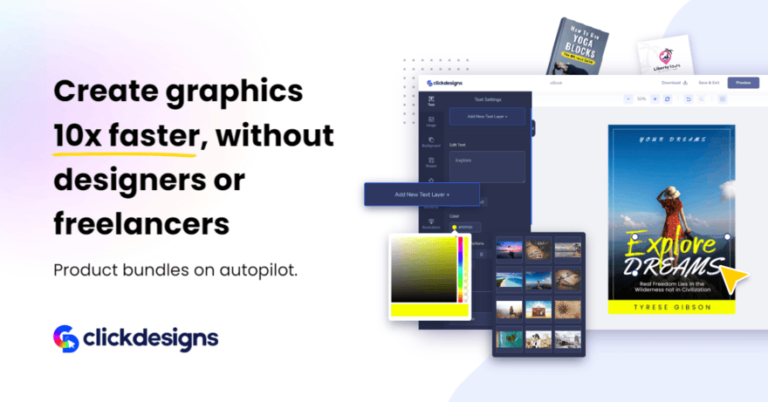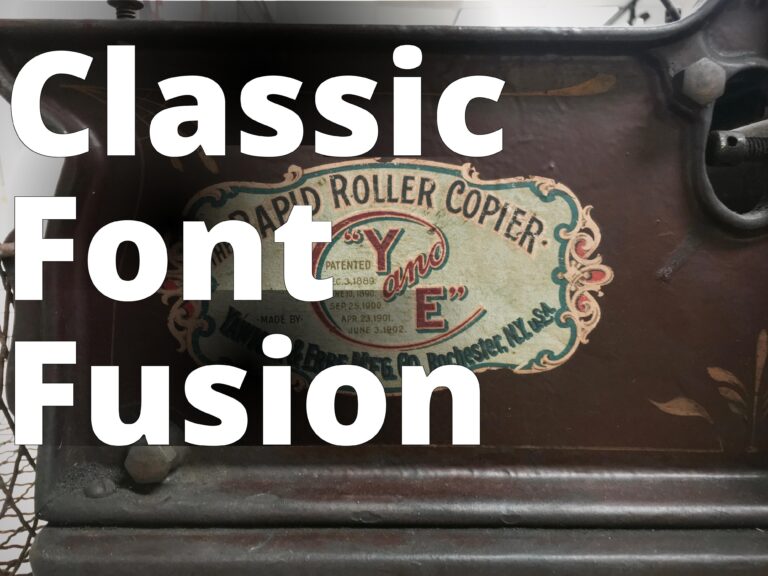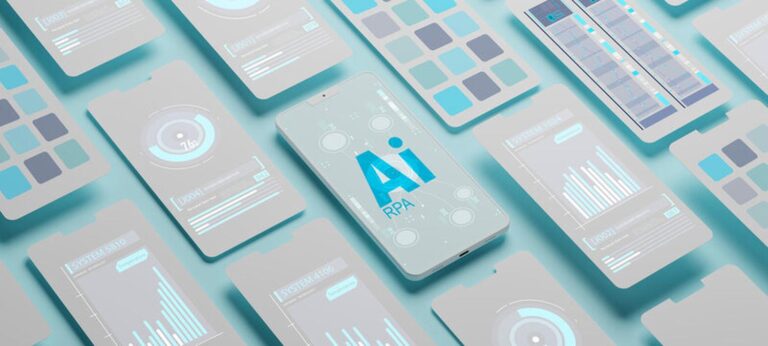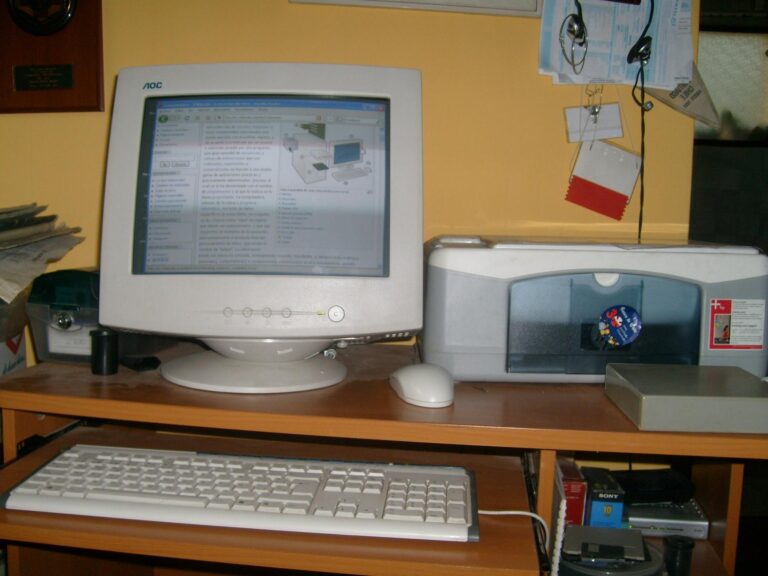Graphic design is so much more than just making things look pretty. When done right, it has the power to captivate your audience, convey complex ideas, and ultimately drive action that benefits your business.
In today’s noisy digital landscape, value graphic design is crucial for cutting through the clutter and connecting with customers in memorable ways. But what exactly is “value graphic design,” and how can you use it to maximize your marketing ROI? Let’s dig in.
Key Takeaways
- Value graphic design creates visually compelling materials that provide a high ROI for marketing budgets.
- The right graphic design establishes your brand identity, boosts credibility, and helps drive sales.
- Collaborating closely with designers and providing feedback ensures you get the most value from the process.
- Balancing affordability and quality is key when selecting graphic design services.
- Staying up-to-date on the latest graphic design trends keeps your brand looking current.
Why Value Graphic Design Matters
| Benefit | Description |
|---|---|
| Increased Brand Awareness | Consistent visual identity across marketing materials improves brand recognition and memorability. |
| Enhanced Credibility | Quality design conveys professionalism and authority, building trust with customers. |
| Higher Conversion Rates | Compelling visuals help grab attention, communicate value props, and drive conversions. |
| Bigger ROI | Well-executed design provides exponential returns compared to costs. |
Graphic design is about so much more than just making a company’s marketing materials look nice. When executed strategically, it becomes a valuable asset that can dramatically increase a brand’s reach, engagement, and bottom line.
Let’s explore some of the key benefits value graphic design offers:
Boosting Brand Recognition
Imagine walking down a grocery store aisle. As your eyes glance across the sea of labels and packages, which ones stand out? Chances are, the brands with the most memorable visual identities instantly grab your attention.
Strong branding allows customers to recognize your products at a glance. Consistent use of color palettes, fonts, and other brand assets makes your company instantly identifiable amidst the noise of competition.
Take Coca-Cola as a prime example. Their classic red and white color scheme and flowing script logo is recognizable across the globe. When executed effectively, strategic visual branding imprints your company firmly into the minds of customers.
Enhancing Credibility & Trust
First impressions matter—especially online. Within seconds of visiting your website or viewing marketing materials, customers subconsciously make judgments about your legitimacy as a company.
Low-quality design rife with clashing colors or amateurish clip art undermines perceived professionalism, while high-end visuals do the opposite. They convey competence and help establish thought leadership.
AT&T’s simple, elegant website design exudes professionalism. This immediately puts visitors at ease, making them more receptive to messaging.
Quality graphic design is your chance to make a stellar first impression. Use it to build credibility and trust from the start.
Capturing Attention to Drive Action
In our distracted digital age, grabbing and holding attention long enough to convey a message is no easy feat. Studies show the average human attention span has shrunk to a mere 8 seconds online.
Graphics allow you to communicate complex ideas at a glance. Bold typography draws eyes to important text while infographics visually illustrate data.
Compelling visuals act as a gateway to guide audiences seamlessly into taking desired actions, like signing up for a free trial. They enhance engagement and motivation levels.
For example, Dollar Shave Club uses bold colors, crisp photography, and punchy text in their ads. This creative strategy worked to capture attention and subscriber growth exploded as a result.
Getting More Bang for Your Buck
Value graphic design is all about maximizing your return on investment. If executed successfully, the lift in brand awareness, trust, and sales that design stimulates far outweighs the costs.
Let’s break down a hypothetical example:
Say you invest $5,000 into a visual rebrand—new logo, typography, color scheme, and branding guidelines. You then roll out this new brand identity across your website, ads, packaging, etc.
As a result, you see a 20% increase in traffic and 10% bump in sales the following quarter. If your company generates $2 million in quarterly revenue on average, that 10% sales increase equals an extra $200,000 thanks to your small $5,000 design investment.
That’s an insane ROI of 4,000%! While this is hypothetical, it demonstrates the immense impact value graphic design provides in relation to costs.
Okay, hopefully you’re now convinced of why value graphic design matters. Let’s move onto some tips for maximizing it within your own company.
Creating High-Value Graphic Design
Not all design is created equal. Truly high-value graphic design contains strategic elements that connect with audiences on a deeper brand level. Here are some characteristics to look for:
Pixel-Perfect Precision
When it comes to high-quality design, sweat the small stuff. Tiny details like kerning (space between letters), image resolution, and color gradients separate the amateurs from the experts.
Obsess over these micro-elements to polish your graphics to perfection. This level of precision demonstrates respect for design principles and pride in your work.
Cohesive Branding
Consistency breeds familiarity. By using the same colors, fonts, and visual style across all touchpoints, audiences come to instinctively recognize your brand’s look and feel.
Alignment creates a unified experience at every interaction—from your business card to website and everything between. Consistent branding results in improved memorability and helps establish your visual identity.
Clever Creativity
Truly great design requires sprinkling moments of creativity beyond simply following brand guidelines. Custom illustrations, playful compositions, and choice photography selections all showcase originality.
Thinking beyond pre-made templates and adding unique touches helps content stand out in meaningful ways. Allow your designers to flex their creative muscle and bring fresh concepts to the table.
Seamless Functionality
While aesthetics matter, design’s primary role is to serve a functional purpose: clearly communicating information. All elements should work in harmony to enable audiences to easily digest messaging.
Say you design an infographic. You wouldn’t want fancy graphics that distract and overwhelm. The right illustration seamlessly guides the eye through critical data points. Form follows function.
| Dos | Don’ts |
|---|---|
| Consistent color schemes | Clashing, random colors |
| Readable typography | Hard-to-read fonts |
| Organized layouts | Cluttered compositions |
| Cohesive imagery | Tone-deaf stock photos |
By keeping these characteristics and best practices in mind, you’re sure to maximize the value graphic design can bring to your brand. Let’s look at some real-world examples.
Strong Branding in Action
Nike’s famed “Just Do It” campaign is a lesson in cultivating brand loyalty through consistent visual identity. For decades, ads have relied on the same core elements: bold orange accents, striking black and white photography, and authoritative messaging.
This uniform look helps cement Nike’s brand image as a motivational force in athletes’ minds. The campaign is instantly identifiable and the embodiment of visual consistency.
On the flip side, Netflix undergoes frequent visual rebrands to match ever-changing content. However, even experimental designs contain brand DNA through use of the standard Netflix red and consistent logo placement. Their adaptability demonstrates innovative design while maintaining cohesion.
There are strategic opportunities to craft design elements that uniquely represent your brand’s personality. Identify these visuals and weave them into all content for maximum effect.
Infographics Done Right
Infographics live or die based on how successfully they communicate complex narratives visually. The best infographics guide viewers through key data in a logical flow using color, shape, and illustrations.
This infographic by Venngage uses clever maps and icons to illustrate global social media usage in a memorable way. The visual hierarchy draws attention to highlights and helps simplify dense statistics.
When creating infographics, remember:
- Use consistent fonts, icons, and color coding
- Allow “breathing room” between elements
- Guide the eye in a natural flow
- Only highlight the most critical data
With strategic design, infographics can capture interest while embedding insights effectively.
Product Packaging Design
In a sea of similar products, packaging design serves as a beacon to capture consumer eyes. Clean, minimalist product packaging like Apple’s aesthetically conveys the brand’s identity and ethos.
The crisp, high-resolution iPhone photos tell a story of sleek sophistication. Apple’s packaging echoes the user experience of their coveted devices. This cohesive alignment strengthens brand loyalty.
In contrast, cereal boxes often opt for bright colors, bold fonts, and loud mascots to appeal to children. This playful packaging aims to grab attention in busy grocery aisles. Different goals require different strategies.
Some best practices for product packaging:
- Align with brand personality (e.g., playful, luxury, or utilitarian)
- Make key product features or benefits pop
- Include essential info clearly and concisely
- Use high-quality images and materials
With a balance of aesthetics and function, packaging can boost product appeal tremendously.
Finding the Right Designer
Fantastic graphic design provides immense value. But finding a designer who understands your brand and audience while fitting within budget can prove tricky. Here are some tips:
Prioritizing Value Over Price
Graphic design costs vary widely, from $500 logo jobs to $15,000 brand style guides. But rather than focus purely on price, first consider the value good design delivers.
A $1,000 brand refresh that drives a 10% sales bump is infinitely better than a $500 logo that does nothing. View design as an investment, not a cost. Aim for maximum ROI.
Getting Referrals
The best designers often come recommended. Ask colleagues or friends for referrals to designers who delivered great work. Then review their portfolios yourself as well.
Referrals help narrow the pool to qualified candidates with proven results.
Comparing Online Options
Online design marketplaces like 99designs, Fiverr, and Canva offer affordable designers across skill levels. This allows you to compare portfolios and reviews side-by-side.
Vet design providers thoroughly, request past examples, and carefully outline project needs. While affordable, online freelancers can lack expertise. Manage expectations.
| Platform | Pricing | Overview |
|---|---|---|
| 99designs | $299+ | Design contests starting at $299. Bid on custom designs from freelancers. |
| Fiverr | $5+ per job | Freelance digital services starting at $5 per job, including logo design. |
| Canva | Free – $12.95/mo | Graphic design tool w/ templates. Pro plan unlocks more assets. |
The key is finding a healthy balance of quality and affordability—paying more than dirt cheap Fiverr prices but not breaking the bank. Set realistic budgets but don’t sacrifice design value.
Maximizing Your Design Investment
To get the most bang for your buck from graphic design, collaborate closely throughout the creative process:
Building a Design Brief
Start by building a comprehensive design brief. This outlines your brand identity, target audience, project goals, and specific needs in detail.
Providing complete context empowers designers to craft solutions tailored to your business from the start. Invest time to create a thoughtful brief.
Maintaining Open Communication
Treat designers like a partner, not a vendor. Maintain constant communication throughout project timelines. This allows you to provide early feedback to keep things progressing smoothly.
clearly voice suggestions but also stay open to designersâ€TM expertise. They deeply understand visual presentation. Trust in their skills and keep an open mind to creative suggestions.
Measuring Quantifiable Results
Set measurable KPIs upfront to gauge design success, like website traffic, conversion rates, or sales. Track these metrics before and after a design rollout to get hard ROI numbers.
Qualitative feedback using customer surveys and reviews also provides valuable insight into how new branding resonates.
With concrete metrics aligned early, you can continually optimize graphic design efforts. Numbers don’t lie!
Graphic Design Trends to Watch
Graphic design is constantly evolving. Staying aware of emerging trends keeps your visual identity feeling current versus dated. Here are top trends to incorporate:
The Rise of Minimalism
Clean, minimalist design has surged in popularity across industries. Brands like Peloton use generous whitespace and simplicity to convey chic, modern vibes.
Restrict your color palette to 2-3 hues. Use plenty of negative space. Focus on clean lines and simple geometric shapes. Every element should serve a purpose.
This less-is-more approach helps content breathe while allowing key info to pop.
Bold, Artistic Typography
Typography leaves a lasting imprint. More brands are embracing hand-drawn, brushstroke-inspired fonts or custom typefaces.
When paired with vibrant colors, these display fonts become art on the page. Be brave enough to go big and bold. Pick a punchy font that aligns with your brand personality.
Authentic, Relatable Visuals
Stock photos’ days are numbered. Brands are shifting to relatable images using real people, locations, and candid moments.
Diverse, unedited photos that customers identify with help form emotional connections. Support authenticity through choice photography and illustrations.
Animated Motion Graphics
Static graphics are fading away as animated elements take center stage, especially in ads and social posts.
Subtle motion design adds dynamism to engage viewers. But beware overusing gratuitous animations that distract. Apply motion thoughtfully.
Let’s Recap
To wrap up, high-performing graphic design ignites your audience’s imagination while depicting your brand story visually. When aligned to business goals, it provides immense marketing value.
Always collaborate closely with your designers. Set clear expectations through design briefs but also stay open to their creative expertise. Place equal importance on functional messaging as well as stunning aesthetics.
Measure performance to optimize efforts. And keep exploring innovative trends to infuse your brand with a modern, distinctive visual edge.
Remember, graphic design done right captivates customers and compels them to take action. So leverage its power strategically to boost marketing ROI exponentially. The visual story you craft translates to dollars and cents. Let’s get designing!
Frequently Asked Questions
Who needs value graphic design?
Any business looking to stand out and increase ROI.
What is high-value graphic design?
Designs that are functional, creative, and consistent.
How can graphic design boost sales?
By creating visually appealing marketing materials.
What if I can’t afford high-quality design?
Look for affordable options that still provide quality.
How can I measure the ROI of graphic design?
Track website traffic, conversion rates, and sales.
What are the latest trends in graphic design?
Minimalism, bold typography, authenticity, and animation.











Thanks for any other fantastic article. The place else may just anybody get that kind
of information in such an ideal means of writing? I’ve a
presentation next week, and I’m at the search for such information.
Thank you for your kind words!
I’m glad you found the article helpful. For more in-depth information, you might want to check out reputable sources like industry blogs, online courses, and academic journals. Websites like Medium, HubSpot, and Smashing Magazine often have high-quality articles on a wide range of topics.
Good luck with your presentation next week! If you have any specific questions or need further assistance, feel free to reach out. I’m here to help! 📊✨
Best regards,
Can you be more specific about the content of your article? After reading it, I still have some doubts. Hope you can help me.
Hi Dang k’y,
Thank you for taking the time to read my article and for sharing your feedback. I apologize for any confusion and I’m here to help clarify. Could you please specify which parts of the article you found unclear or what particular doubts you have? This way, I can provide more detailed information and ensure that your questions are fully addressed.
Looking forward to your response!
Best regards,
Dawi,
I don’t think the title of your article matches the content lol. Just kidding, mainly because I had some doubts after reading the article.
Thank you for bringing this to our attention! We strive to ensure that our content aligns with the expectations of our readers, and it’s important for us to address any concerns or doubts you may have. If you could provide more specific feedback about the article, we would greatly appreciate it. Our goal is to continuously improve and deliver valuable content to our audience. Please feel free to reach out to us with any further questions or feedback you may have.